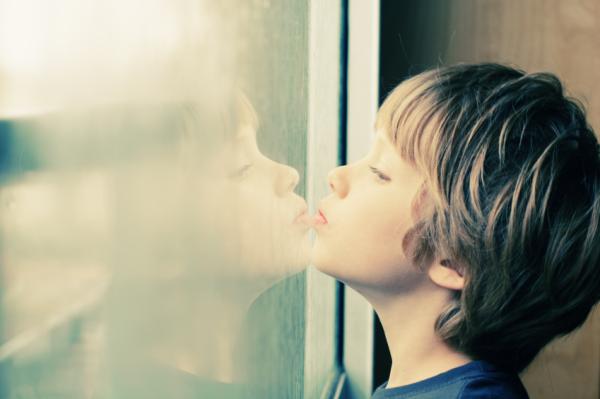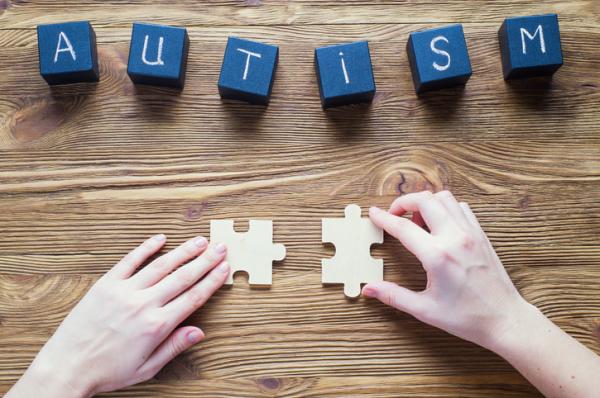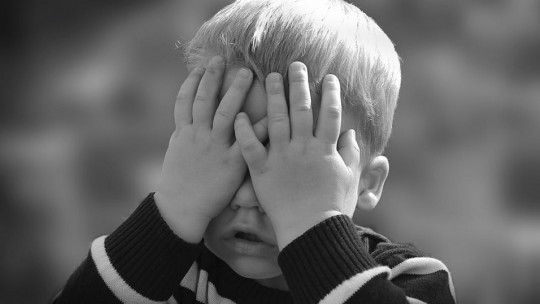
Autism spectrum disorder is a neurobehavioral condition that affects the ability of the person who suffers from it to communicate and relate to others. This type of condition is associated with problems in the development of the nervous system and causes many limitations in the personal autonomy of the person who suffers from it, therefore it also generates a lot of discomfort, stress and anxiety in the person’s family. Generally, ASD is usually detected during the first 3 years of life, so parents are the first to notice that their child does not show behaviors similar to those of children her age.
It is important to mention that, as it is a complex disorder, there are 5 different types or degrees, so those who suffer from it can find themselves at any point on this spectrum. But, what are the types of autism spectrum that exist? What symptoms or characteristics does the person who suffers from it present? What causes this disorder? Can it be treated? In this PsychologyFor article, we will talk about Autism spectrum disorder: types, characteristics, causes and treatment. In addition, we are going to explain in detail what this type of complex disorder consists of.
Types of autism or autism spectrum disorders
As we have mentioned previously, there are 5 types of the autism spectrum, which we will briefly explain below:
- Autism or Kanner syndrome: It is characterized because people who suffer from it are affected in terms of their body and verbal language, their social interaction and also show stereotypical behaviors.
- Asperger syndrome: It is characterized by being considered one of the mildest forms of autism. People with this syndrome show a lack of empathy towards others since they do not know how to interpret their emotional states and therefore cannot understand them, nor can they interpret their body language. Their language is not affected and their cognitive development is also normal.
- Rett syndrome: It is one of the rarest cognitive disorders because there have been few cases of people with this condition worldwide. What characterizes people with this syndrome is that they have severe delays in language and/or motor coordination. On the other hand, they also show severe, progressive and continuous cognitive impairment.
- Pervasive developmental disorder not otherwise specified: It is considered unspecified because people who suffer from it do not meet sufficient established criteria to be able to relate it to pervasive developmental disorders. Children who suffer from it have difficulty communicating, behaving and socializing with others.
- Childhood disintegration disorder: This type of disorder develops in a strange and progressive way since after the child has developed cognitively and socially correctly during his or her 3 or 4 years, he or she begins to develop a regression process. The first symptoms that appear in this type of condition are anxiety, hyperactivity, irritability, followed by lack of interest and loss of social skills and deterioration of speech and language.

Autism: characteristics
The main symptoms or characteristics of children with autism spectrum disorder usually appear from the age of 3 and are the following:
- Difficulty relating to others: Children with ASD have many problems in terms of social interaction since they tend to distance themselves from others to focus all their attention on a specific object or person for a long period of time. These children usually appear indifferent towards others and always avoid eye contact with others.
- Difficulties in communicating: They have many problems communicating with others verbally and non-verbally, sometimes they are unable to communicate. Children who do speak tend to create a dialogue that is inappropriate for the other person, where they do not pay attention and repeat the same phrases or words all the time.
- Lack of empathy: They are unable to recognize the emotions and body language of other people, therefore they cannot understand them or adapt to their environment.
- Stereotyped movements: They tend to make repetitive and stereotyped movements. They may sometimes show self-harming behavior due to the anguish and anxiety that this causes them.
- Difficulty recognizing self: They are unable to recognize themselves as people and tend to talk about themselves as if they were talking about someone else. It is common for them not to respond to their name.
Causes of autism spectrum
To date, the exact cause of autism spectrum disorder is unknown, however it has been found that it may be related to various factors that may be in constant interaction. Among the factors that may be related to this type of pathology are the following:
- Genetic heritage: It has been found that more than 100 genes found on different chromosomes may be related to the development of ASD. People who show changes called mutations in these genes are more likely to develop it.
- Genes and the environment: It is said that if a person is prone to having this condition due to genetic mutations, some situations can cause them to develop ASD. For example, an infection or being in contact with some chemicals in the environment.
- Biological causes: It has also been found that some biological factors may be related to this disorder, such as problems with excessive growth of some areas of the brain, problems with brain connections, problems with the immune system, etc.

autism treatment
There is no specific treatment to cure autism spectrum disorder, however it can be treated to stabilize the person who suffers from it as best as possible. There are many ways to minimize the symptoms associated with ASD and also maximize skills. It is necessary to take into account that the treatment is different for each person, so the professional has to adapt it to their needs. It is proven that early detection of this disorder and early intervention has many positive effects in terms of minimizing symptoms. Among the main educational treatments for autism spectrum disorder are the following:
- Behavior modification therapy: This type of therapy helps to reinforce the desired behaviors in the child and reduce the unwanted ones as much as possible. It is also responsible for training caregivers so that they know what to do after the child engages in inappropriate and/or problematic behavior.
- Behavior and communication therapy: This type of therapy is responsible for training children so that they know how to act in certain social situations and find the best way to communicate with others. All this through a motivation system based on rewards.
- Family therapies: Parents and the family in general are taught so that they learn to play and interact better with the child since in this way they also help them develop their skills to interact socially.
- Educational therapies: They are well-structured programs carried out by specialists so that children better develop their social skills in terms of acquiring appropriate behavior and communication. These therapies are usually received in an intensive and individualized manner.
- Occupational therapy: In this type of therapy, the child is trained to learn to carry out activities of daily living, which will help them improve their individual and social skills.
This article is merely informative, at PsychologyFor we do not have the power to make a diagnosis or recommend a treatment. We invite you to go to a psychologist to treat your particular case.
If you want to read more articles similar to Autism spectrum disorder: types, characteristics, causes and treatment we recommend that you enter our Clinical Psychology category.








